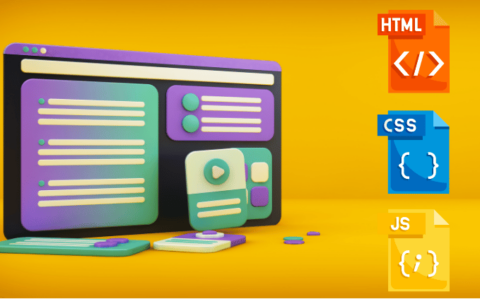Responsive Web Design: Creating Dynamic and Mobile-Friendly Websites
The “Responsive Web Design: Creating Dynamic and Mobile-Friendly Websites” course …
What you'll learn
Game Design and User Experience: Creating Immersive Gameplay
Welcome to the exciting world of game design and user …
What you'll learn
Mastering Modern Web Development: HTML, CSS, and JavaScript
The “Mastering Modern Web Development: HTML, CSS, and JavaScript” course …
What you'll learn
Advanced Game Programming: Building Engaging and Interactive Experiences
The course “Advanced Game Programming: Building Engaging and Interactive Experiences” …
What you'll learn
Introduction to Game Development: From Concept to Playable Prototype
The course “Introduction to Game Development: From Concept to Playable …
What you'll learn
Database Administration and Security: Ensuring Integrity and Protection of Data
The course “Database Administration and Security: Ensuring Integrity and Protection …
What you'll learn
Data Modelling and Database Management: Designing Efficient Data Structures
The course “Data Modelling and Database Management: Designing Efficient Data …
What you'll learn
Advanced Data Analytics: Methods and Applications
The course “Advanced Data Analytics: Methods and Applications” is designed …









